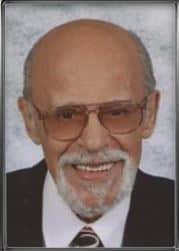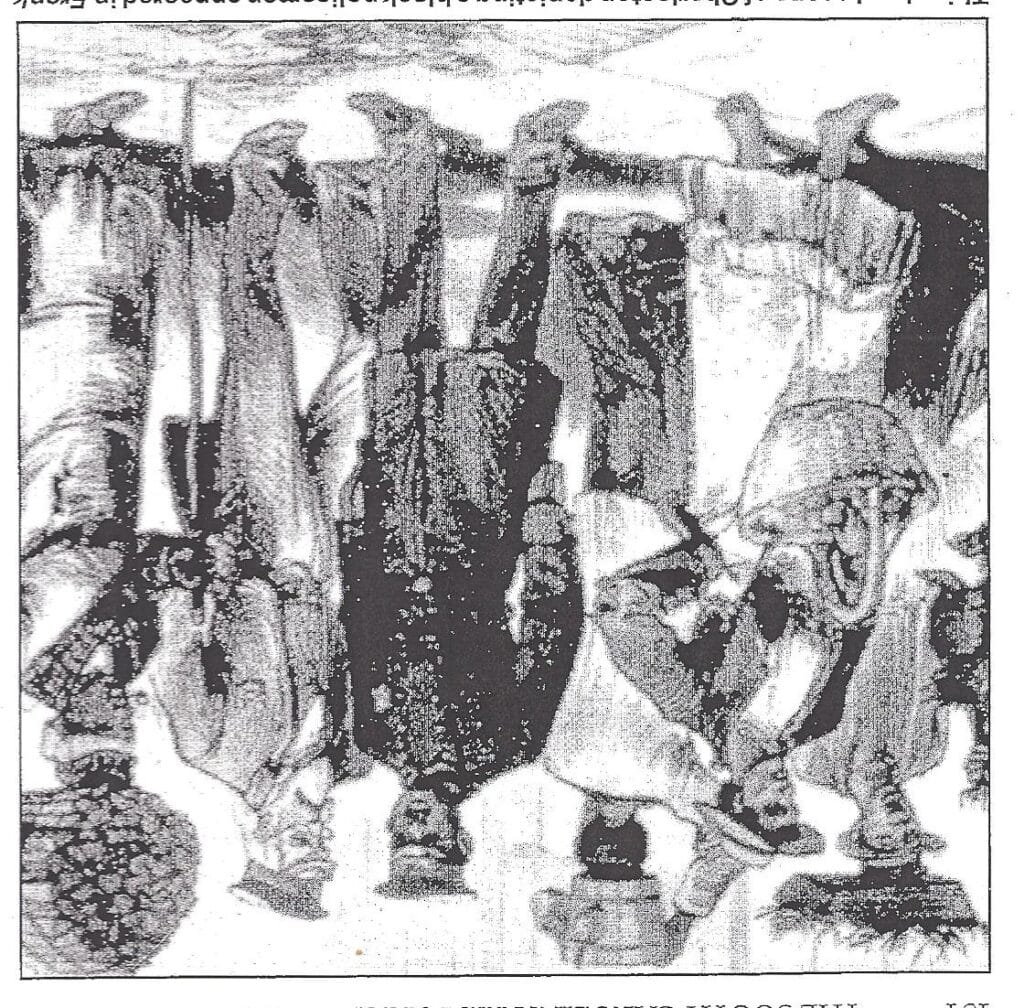 African American Elected Officials
African American Elected Officials
By: David Heighway, Hamilton County Historian
Continuing with recognition of Black History Month, since this is an election year, I thought I should look at some local politicians. The most significant was C. Murphy White (1923-2011) who was the first Black member of the City Council. He was elected in 1968, a time when African American were still struggling to vote in many places. He served two terms, from 1968 to 1979 and from 1988 to 1999. He was Grand Marshall of the Christmas Parade in 2006 and before Murphy died, Mayor John Ditslear declared “C. Murphy White Day” on March 20, 2011.
Interestingly, his election was preceded by nearly 90 years by another African American who was voted into office by the people of Noblesville. Although it was not as important a position, it says something about the city at the time.
It concerns the Hord or Hoard family, who possibly came to Hamilton County via the Underground Railroad. Of interest are three of the brothers – George (1838-1871), William (1844-1882), and John (1846-1884). When the Civil War started and Black men were allowed to enlist, the brothers joined up. In 1863, William enlisted in the 55th Massachusetts Infantry – the companion regiment to the 54th which was portrayed in the movie “Glory”. He served in South Carolina and was discharged for disability in 1865. John joined the 8th United States Colored Infantry in January of 1865 and George joined the same regiment in March. The 8th served in Virginia and was one of the regiments present when Lee surrendered to Grant at Appomattox in April.
 George returned to Noblesville after the war, became a brakemen for the railroad and died in an accident in 1871. William stayed in South Carolina, and, during the Reconstruction era, he was able to become a member of the Charleston Police Department as a detective, serving between 1869 and 1874. However, he was discharged from the force and served time in jail after illegally shooting at someone.
George returned to Noblesville after the war, became a brakemen for the railroad and died in an accident in 1871. William stayed in South Carolina, and, during the Reconstruction era, he was able to become a member of the Charleston Police Department as a detective, serving between 1869 and 1874. However, he was discharged from the force and served time in jail after illegally shooting at someone.
John had returned to Noblesville as well. He was the one who took the radical step of running for City Constable in the 1880 election. Black law enforcement officers were not unprecedented in Hamilton County. An 1871 sheriff’s posse had deputized members of Roberts Settlement.
1880 was a good year politically for Hamilton County African Americans. Eli Roberts was running for County Recorder, there were two Black men appointed to the county Petit Jury, and Frederick Douglass came to town to stump for the national ticket. The Douglass event was much like the 1872 event I talked about in an earlier post.
John won the election handily and the newspaper reported it as: “John Hoard, the colored man, who was a candidate on the Republican township ticket for constable of Noblesville, was elected by the handsome majority of one hundred and six over the democratic candidate. ‘Rah for John. Blood will tell.”
[blockquote text='”John Hoard, the colored man, who was a candidate on the Republican township ticket for constable of Noblesville, was elected by the handsome majority of one hundred and six over the democratic candidate. ‘Rah for John. Blood will tell.”‘ text_color=’#8dc63f’ width=” line_height=’undefined’ background_color=” border_color=” show_quote_icon=’no’ quote_icon_color=”]
Many of the people who voted for him had also been veterans of the war and their attitudes had a big influence on the town at the time. He was only able to serve for four years before he died of consumption. He had been a member of the local branch of the veterans’ organization, the Grand Army of the Republic, and they put a memorial in the paper which read in part:
“Whereas, resolved, that in his death, this post has lost a faithful comrade, his wife and children a devoted husband and protector, and the community a good citizen;
Resolved, that his wife and child have our sincere condolence and sympathy in their sad bereavement;
Resolved, that our late comrade, John Hord, with others that have fallen shall be remembered by us in the decoration of their graves on each succeeding 30th of May.”
Ironically, the newspaper notice lists the wrong regiment for him, which is compounded by the fact that his gravestone is also marked with the wrong regiment. The newspaper says “28th USCT”, and his gravestone says “54th Massachusetts”. His brother George is buried nearby and has “28th USCT” marked on his stone. It is unfortunate, but African American participation in the war was being forgotten and it was good that the local people thought enough of him to remember him.
The brothers actually have another memorial today. The city of Noblesville has recognized them by naming a street at Hamilton Town Center “Hoard Road”. So, the next time you are out shopping, be sure to notice this part of Noblesville’s Black history.
